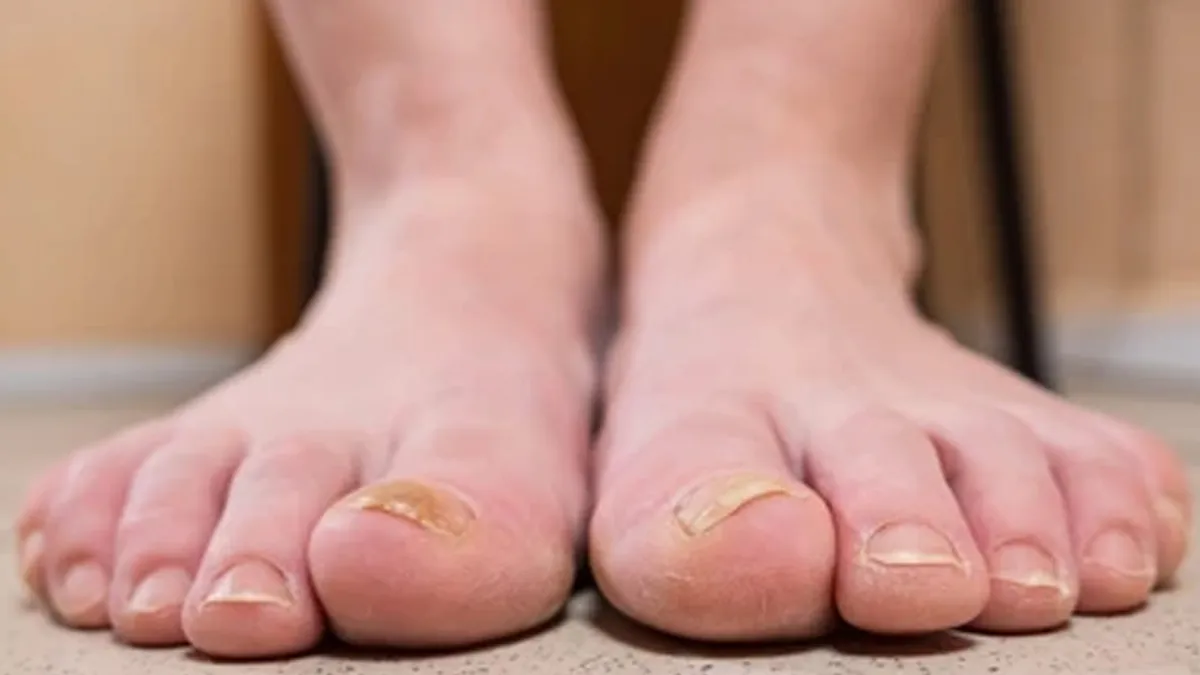
Have you ever come home after a day in flip-flops and wondered why your toenail feels sore or looks a little weird? You didn’t stub it, so what happened? Truth is, flip-flops may feel easy and breezy, but they can quietly cause toenail trauma, especially if you wear them often. Here is how to spot early signs of toenail trauma caused by flip-flops, what to do about it, and how to keep your feet healthy without giving up your favourite footwear.
Table of Content:-
What Triggers Toenail Trauma Due to Flip-Flops?
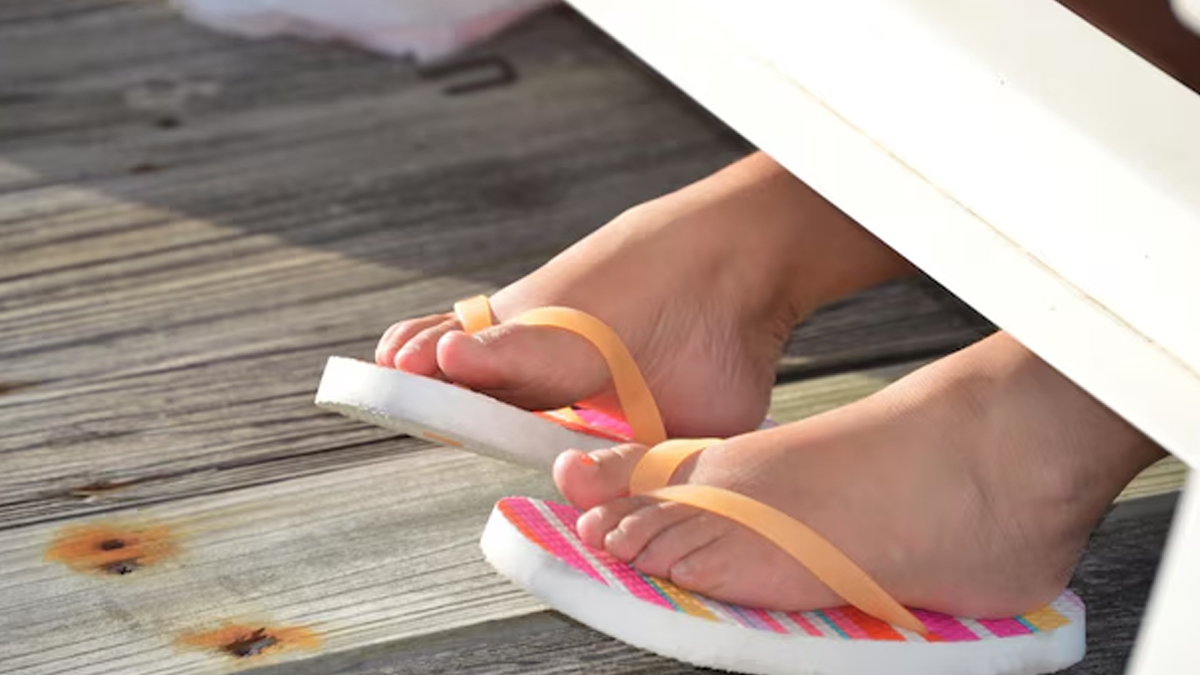
In contrast to supportive footwear, flip-flops offer minimal support. To keep them on, your toes grip the sole tightly, causing repeated stress on the nails. This repeated friction, along with the slapping motion and involuntary bumps, contributes to the problem.
Wearing flip-flops for long walks, in crowded areas, or while running errands can lead to small injuries you might not notice immediately until your toenails start showing signs.
Early Signs to Watch For
Toenail trauma doesn’t always look dramatic at first. Sometimes, it’s subtle. Here’s what you might notice:
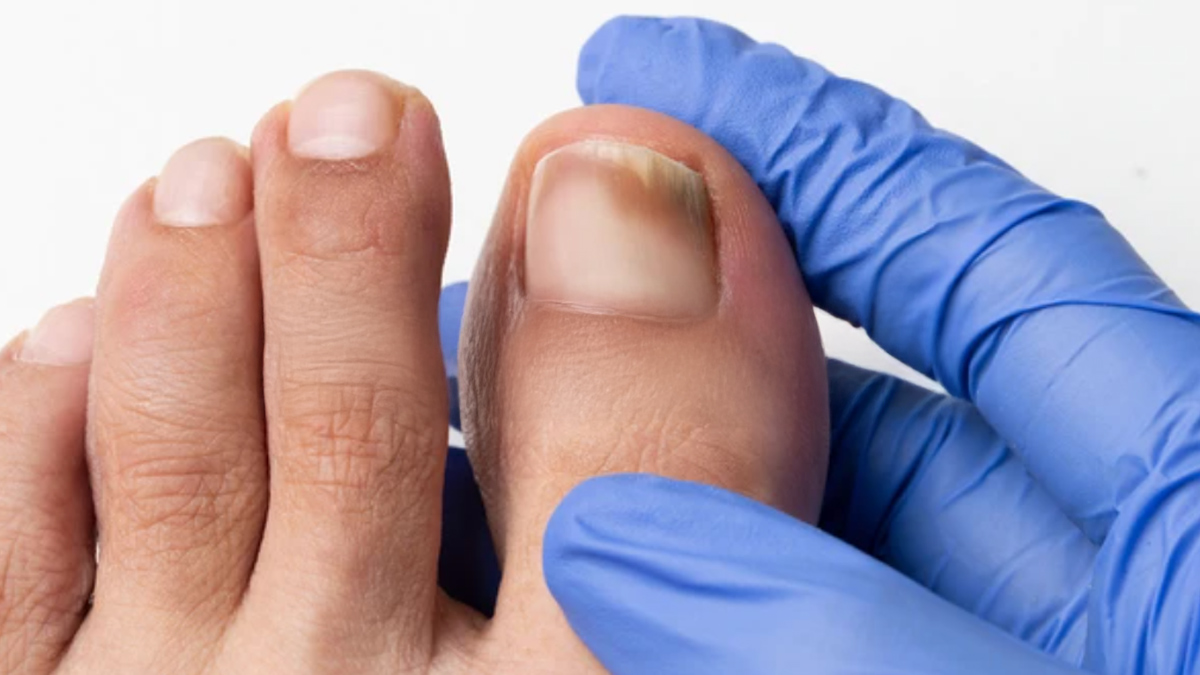
- Discolouration: A dark spot under the nail (ranging from red to brown or black), which could mean internal bruising or bleeding.
- Pain or tenderness: Especially when you press on the nail or walk.
- Lifting or loosening: The nail begins to come loose from the nail bed.
- Thickening: Prolonged pressure can cause the nail to grow out irregularly.
- Splitting or cracking: The nail could become brittle or uneven.
- Swelling or redness: Along the cuticle or nail sides.
Untreated, minor trauma can result in infection or even cause the nail to be lost.
What To Do If You Notice Trauma
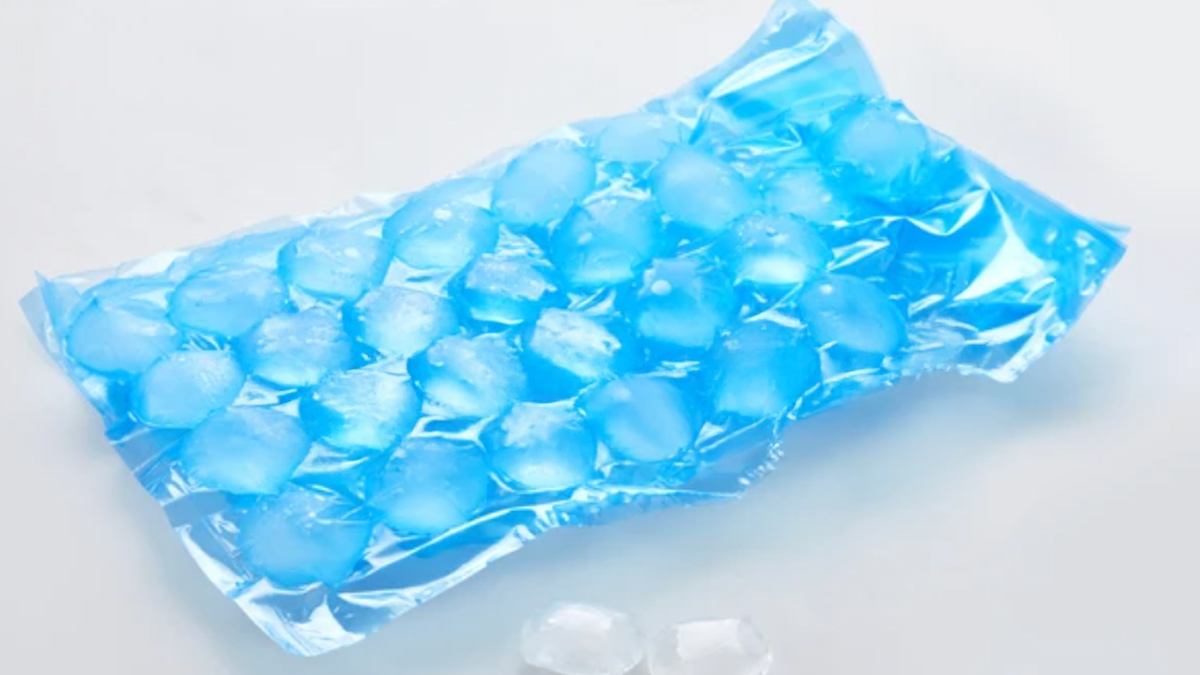
- Rest your feet: Let your toes get a rest from flip-flops or constricting shoes. Wear relaxed, closed-toe shoes with cushioning and support.
- Ice it down: Apply an ice pack wrapped in a cloth to the affected area for 10-15 minutes, several times a day, if you experience pain or swelling.
- Maintain hygiene: Soak your feet daily in warm, soapy water to help prevent infection. Pat dry thoroughly,
- Trim carefully: If the nail is broken or has partially come off, don't rip or cut it too short. Allow it to grow out naturally.
- Avoid nail polish or artificial nails: Provide your nails the time to heal without additional chemicals or pressure.
- Be aware of infection signs: If you notice pus, increased pain, or spreading redness, seek medical attention.
When to See a Doctor
Not all toenail injuries are minor. It’s best to get medical help if:
- The pain is intense or worsening.
- There’s heavy discolouration covering most of the nail.
- The nail lifts completely or falls off.
- There are signs of infection, such as pus, fever, or red streaks.
- You are diabetic, have poor circulation, or are immunocompromised (these pose a higher risk of complications)
- A podiatrist can help drain blood under the nail, trim damaged parts safely, or prescribe medication if needed.
How to Prevent It
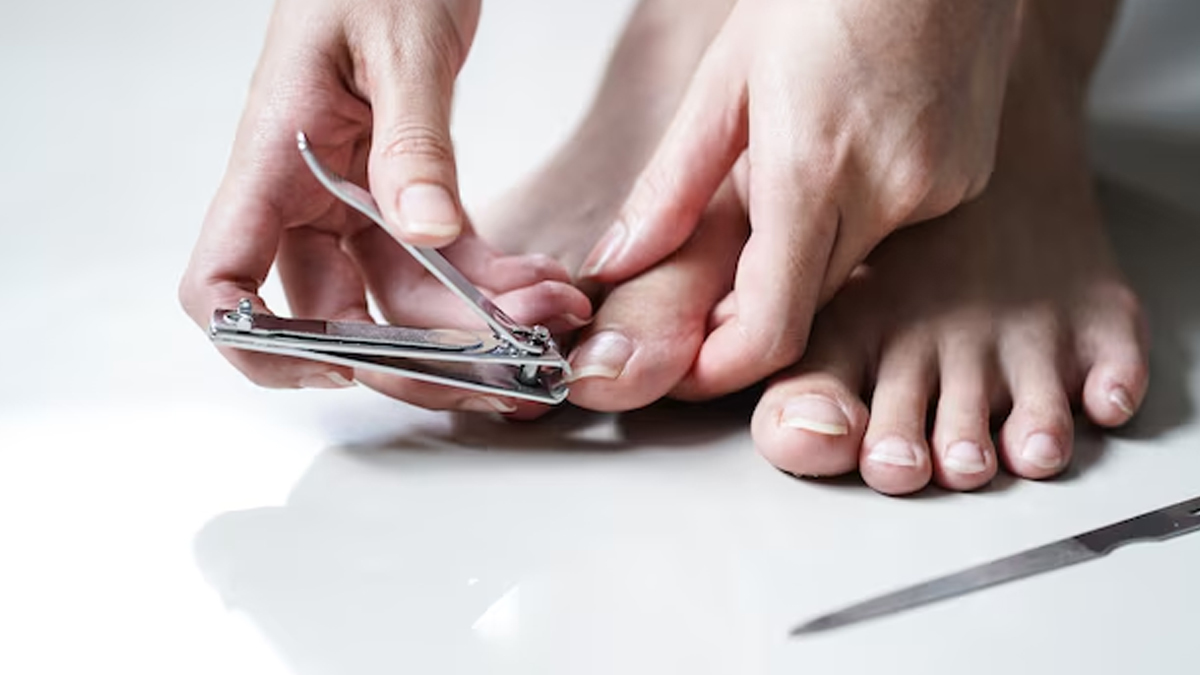
- Select higher-quality sandals: Opt for flip-flops with arch support, cushioned insoles, and more substantial straps.
- Avoid long walks in them: Reserve flip-flops for walking short distances or lounging about at home/beach, not shopping excursions or urban strolls.
- Alternate footwear: Give your toes a break by switching to closed, supportive shoes often.
- Protect your toes: Be mindful of where you walk, uneven terrain, crowds, or luggage can lead to accidental bumps.
- Keep your nails trimmed: Short, clean nails are less likely to catch or split.
[Disclaimer: This article contains information for informational purposes only. Hence, we advise you to consult your professional if you are dealing with any health issue to avoid complications.]
Also watch this video
How we keep this article up to date:
We work with experts and keep a close eye on the latest in health and wellness. Whenever there is a new research or helpful information, we update our articles with accurate and useful advice.
Current Version